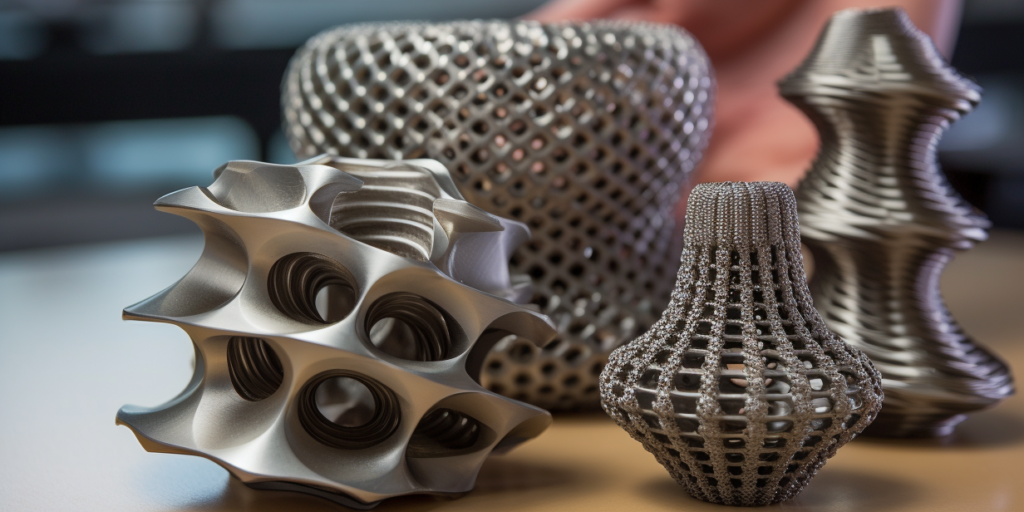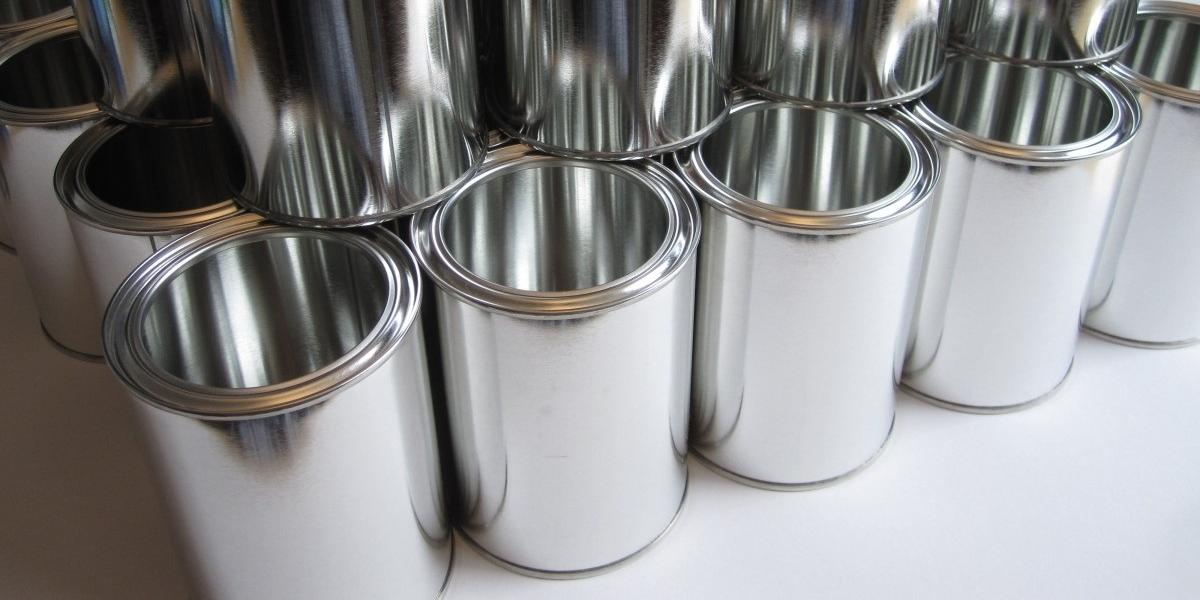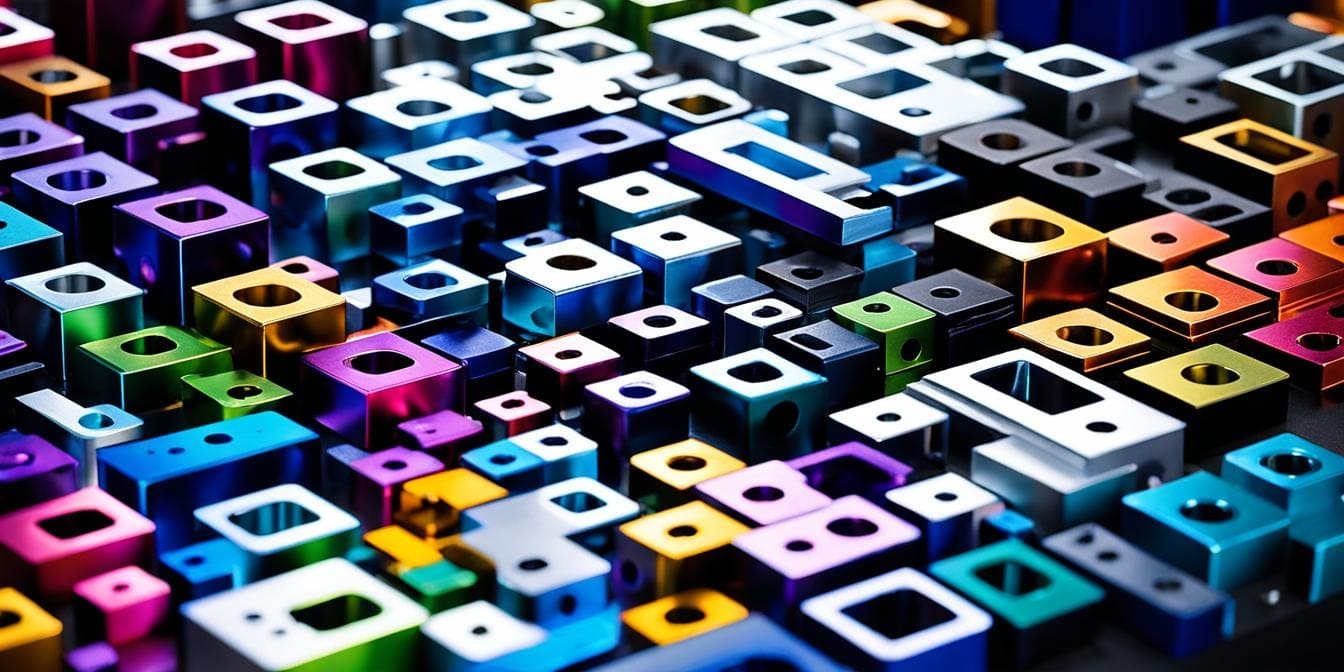
Stainless steel is a cornerstone material in kitchens, factories, and consumer products alike, prized for its strength, durability, and resistance to corrosion.
Among the various types available, 18/0, 18/8, and 18/10 stainless steels are particularly common, yet many users are unclear about what these numbers really mean and how they impact performance. This article breaks down these three grades to help you make informed material choices.
Understanding the 18/X Notation in Stainless Steel
The “18/X” notation commonly seen in stainless steel grades refers to the material’s composition—specifically, the percentages of chromium and nickel in the alloy.
- The first number, 18, denotes that the steel contains 18% chromium. This element plays a crucial role in forming a passive oxide layer on the surface of the steel, which protects it from rust and corrosion.
- The second number, which can be 0, 8, or 10, indicates the percentage of nickel. Nickel enhances the alloy’s resistance to corrosion even further and contributes to its luster, durability, and non-magnetic properties.
For instance, while all three grades offer good corrosion resistance, the increasing nickel content from 18/0 to 18/10 translates to improved performance in demanding environments. This simple numeric code, therefore, gives a quick snapshot of both the aesthetic and functional traits of the stainless steel you’re dealing with.
Properties of 18/0, 18/8, and 18/10 Stainless Steel
This table provides a quick reference for comparing performance, cost, and practical use cases, helping you choose the stainless steel grade that best fits your specific requirements.
| Property | 18/0 Stainless Steel | 18/8 Stainless Steel | 18/10 Stainless Steel |
| Chromium Content | 18% | 18% | 18% |
| Nickel Content | 0% | 8% | 10% |
| Magnetic | Yes (ferritic) | No (austenitic) | No (austenitic) |
| Corrosion Resistance | Moderate | Good | Excellent |
| Durability | Basic | Strong | Superior |
| Finish & Luster | Matte or dull | Moderate shine | High polish and bright finish |
| Typical Applications | Budget flatware, serving tools | Everyday cookware, utensils | Premium cutlery, fine dining sets |
| Cost Level | Low | Medium | High |
| Food Safety | Food-safe with limitations | Widely food-safe | Highest food safety and hygiene |
18/0 Stainless Steel
18/0 stainless steel is a chromium-rich, nickel-free alloy, composed of approximately 18% chromium and 0% nickel. As part of the ferritic family of stainless steels, it has a distinct set of properties that set it apart from its austenitic counterparts, such as 18/8 and 18/10.
Is 18/0 Stainless Steel Magnetic?
One of the most notable characteristics of 18/0 stainless steel is its magnetic nature. Unlike nickel-containing grades, which are generally non-magnetic, 18/0 retains the natural magnetic properties of ferritic steel.
This makes it useful in applications where magnetism is either required or not a concern, such as in certain kitchen appliances or where induction compatibility is important.
Does 18/0 Stainless Steel Rust?
From a corrosion resistance standpoint, 18/0 performs reasonably well for light-duty use, thanks to its chromium content. However, without nickel to bolster this resistance, it is more vulnerable to staining, rust, and discoloration over time, especially in high-moisture or acidic environments.
That said, it is still a hygienic and food-safe material when used properly, often found in economical cutlery, serving utensils, and kitchen tools.
Is 18/0 Stainless Steel Affordable?
Another advantage of 18/0 stainless steel is its affordability. Because nickel is one of the most expensive alloying elements in stainless steel, eliminating it significantly reduces production costs. This cost-efficiency makes 18/0 an attractive choice for budget-conscious consumers and commercial buyers sourcing in bulk.
However, this cost-saving does come with trade-offs. 18/0 tends to be less durable, more prone to surface scratching, and may not retain its finish as long as nickel-containing grades. It’s ideal for casual dining settings, cafeterias, or disposable-use scenarios – but may not be the best fit for long-term or heavy-duty applications.

Image: Stainless Steel Cookware
18/8 Stainless Steel
18/8 stainless steel is one of the most commonly used stainless steel grades in both domestic and commercial kitchens. Containing 18% chromium and 8% nickel, this alloy belongs to the austenitic family, known for its excellent corrosion resistance, strength, and non-magnetic properties. The addition of nickel not only enhances resistance to rust and staining but also contributes to the steel’s smooth, glossy finish and overall structural integrity.
Compared to 18/0, the presence of 8% nickel makes 18/8 a more robust and versatile material, well-suited for daily use in environments with frequent exposure to moisture and food acids.
It’s widely used in flatware, cookware, mixing bowls, and industrial food processing equipment. In terms of price, 18/8 typically sits in the middle range – more expensive than 18/0 but more affordable than premium 18/10 steel. For many users, it offers a practical compromise between performance and cost.
18/10 Stainless Steel
18/10 stainless steel represents the highest quality among the common 18/X grades, containing 18% chromium and 10% nickel. This composition results in superior corrosion resistance, a more brilliant shine, and enhanced durability compared to 18/0 and 18/8 grades. As with 18/8, it belongs to the austenitic family, meaning it is non-magnetic and has excellent formability and toughness, even at low temperatures.
The higher nickel content not only increases the steel’s ability to resist pitting and staining, especially when exposed to salty or acidic foods, but also improves its structural resilience over time. These advantages make 18/10 stainless steel the preferred choice for high-end cutlery, premium cookware, and fine dining flatware, where long-lasting performance and aesthetics are essential.
Though it comes at a higher price point, 18/10 is often viewed as a long-term investment, particularly for applications that demand daily use and repeated cleaning, such as in restaurants or upscale home kitchens. For consumers seeking both form and function, 18/10 offers the best balance of visual appeal, strength, and resistance to wear.
Key Technical Considerations Beyond Composition
While chromium and nickel content are primary factors in distinguishing stainless steel grades, there are additional technical properties that influence their performance in real-world applications.
Hardness
Hardness in stainless steel determines its resistance to surface wear, scratching, and deformation. 18/0 stainless steel, being ferritic, is generally harder but more brittle than the more ductile 18/8 and 18/10 grades.
Austenitic grades like 18/8 and 18/10, while slightly softer, offer better impact resistance and toughness, making them more suitable for repeated use in demanding environments.
Thermal Conductivity
All three grades have relatively low thermal conductivity compared to materials like aluminum or copper, but there are subtle differences.
18/0 stainless steel conducts heat slightly better due to its ferritic structure, which may result in faster heat-up times in cookware.
However, this can also lead to uneven heating and potential hot spots, whereas 18/8 and 18/10 provide more stable thermal performance, especially when layered with other conductive metals.
Manufacturing Considerations
18/8 and 18/10 stainless steels are easier to form, weld, and deep-draw thanks to their austenitic microstructure. These properties make them ideal for producing complex shapes and thin-walled components.
In contrast, 18/0 is more challenging to form and may crack under heavy fabrication processes, but its magnetic properties can be advantageous for certain applications such as induction cookware and magnetic sorting systems.
Selecting the Right Stainless Steel Grade
When selecting the right stainless steel grade, consider the balance between performance requirements, aesthetic preferences, and budget constraints. You may consider the following 3 factors when selecting the right stainless steel:
- Cost: If cost is the primary concern and the application is low-risk (e.g., casual or disposable-use kitchenware), 18/0 offers a practical solution.
- Usage: For everyday household use that demands good durability and corrosion resistance without a premium price, 18/8 strikes a reliable middle ground.
- Long-term vs short term: For long-term performance, especially in environments with frequent exposure to moisture, acids, or high usage demands, as in restaurants or upscale kitchens, 18/10 provides the best investment in terms of strength, hygiene, and appearance.
Always align the material choice with the functional and visual expectations of the end use. For projects requiring precision-engineered stainless steel components, Xmake offers professional CNC machining services, delivering custom parts with tight tolerances, fast turnaround times, and instant online quoting to support both prototyping and full-scale production needs.
FAQs
Which is better, 18/8 or 18/10 stainless steel cookware?
Both 18/8 and 18/10 stainless steel cookware are excellent choices, but 18/10 is generally considered a step up in terms of corrosion resistance and overall finish. For everyday home use, many people find 18/8 to be more than sufficient, so the “better” option often depends on how often you cook and how long you want the cookware to last.
Is 18/10 stainless steel better than 316?
Not necessarily—it depends on the application. 316 stainless steel contains molybdenum, which significantly improves its resistance to corrosion, especially in harsh environments like marine or chemical settings.
While 18/10 is great for kitchen and food-grade applications due to its excellent polish and food safety, 316 is the go-to material when you need performance under extreme conditions.
Is 304 and 18/8 stainless steel the same?
Yes, in practical terms, 304 stainless steel and 18/8 stainless are essentially the same. Both contain around 18% chromium and 8% nickel, and both fall under the austenitic stainless steel family.
"18/8" is a more informal way of describing the composition, while "304" is the official AISI grade designation used in engineering and manufacturing contexts. So, when you see either term, you're dealing with a very similar, high-performing material.





